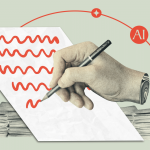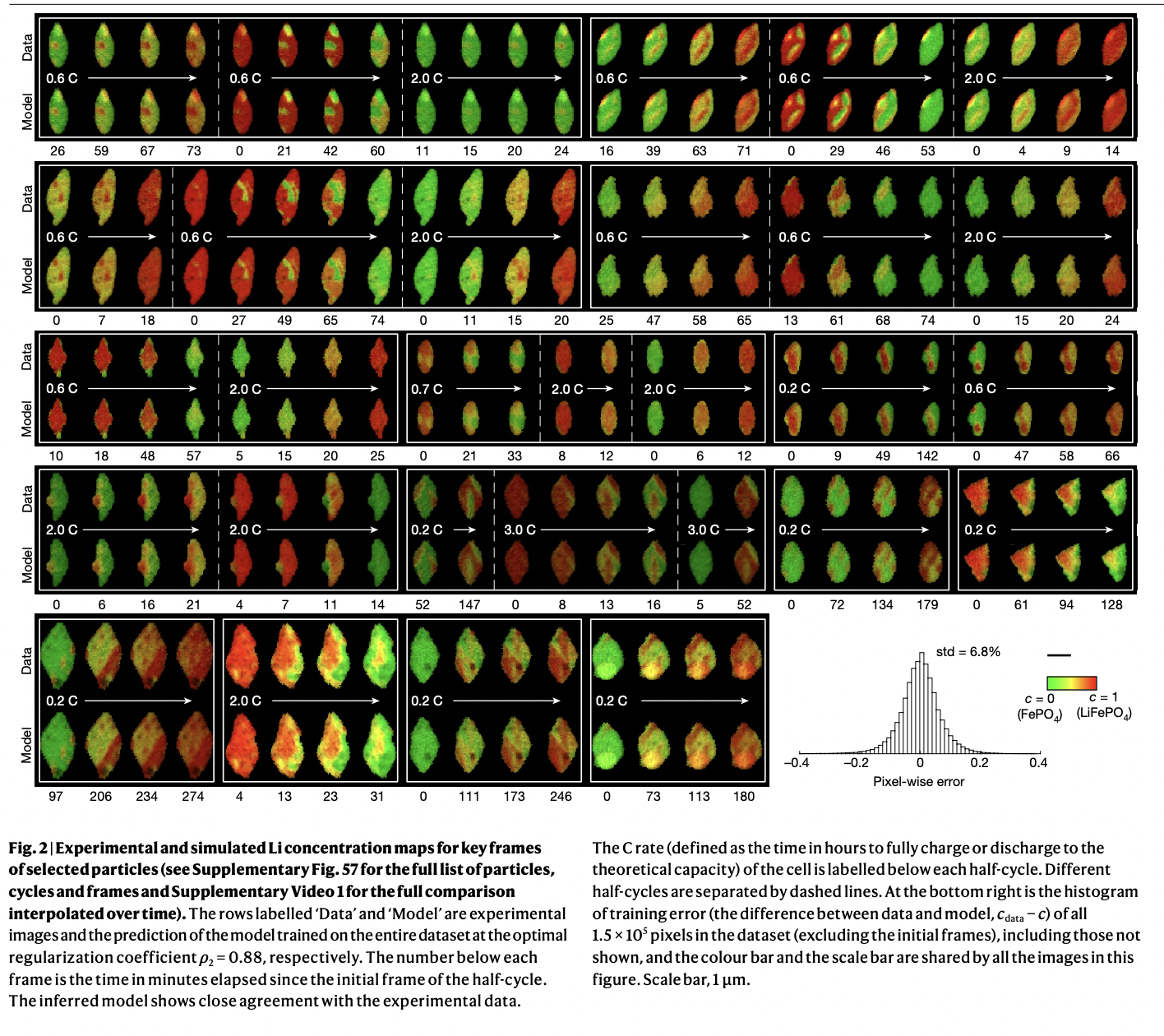A groundbreaking initiative has emerged from esteemed research institutions aiming to unravel the enigmatic intricacies of lithium-based batteries. Employing an innovative approach, researchers harness machine learning to meticulously analyze X-ray videos at the pixel level, potentially revolutionizing battery research.
The challenge at the heart of this endeavor is the quest for a comprehensive understanding of lithium-based batteries, particularly those constructed with nanoparticles of the active material. These batteries are the lifeblood of modern technology, powering many devices, from smartphones to electric vehicles. Despite their ubiquity, deciphering their complex inner workings has been a persistent challenge.
The breakthrough achieved by a multidisciplinary team from MIT and Stanford lies in their ability to extract profound insights from high-resolution X-ray videos of batteries in action. Historically, these videos were a goldmine of information, but their complexity made extracting meaningful data a daunting task.
Researchers emphasize the pivotal role played by the interfaces within these batteries in controlling their behavior. This newfound understanding opens doors to engineering solutions that could enhance battery performance significantly.
Furthermore, there is a pressing need for fundamental, science-based insights to expedite advancements in battery technology. By employing image learning to dissect nanoscale X-ray movies, researchers can now access previously elusive knowledge, which is crucial for industry partners aiming to develop more efficient batteries faster.
The research methodology involved capturing detailed scanning tunneling X-ray microscopy videos of lithium iron phosphate particles during the charging and discharging processes. Beyond the human eye’s capacity, a sophisticated computer vision model scrutinized the subtle changes within these videos. The ensuing results were then compared to earlier theoretical models. Among their key revelations was the discovery of a correlation between the flow of lithium ions and the thickness of the carbon coating on individual particles. This discovery provides a promising avenue for optimizing future lithium-ion phosphate battery systems, ultimately enhancing battery performance.
In summary, the collaboration between esteemed research institutions and the integration of machine learning into battery research represents a significant leap forward in our understanding of lithium-based batteries. By shining a spotlight on the interfaces and leveraging the capabilities of image learning, scientists have unearthed new possibilities for enhancing the performance and efficiency of these vital energy storage devices. This research not only propels the boundaries of battery technology but also holds the promise of ushering in more advanced and sustainable energy solutions in the not-so-distant future.
Check out the Paper and Reference Article. All Credit For This Research Goes To the Researchers on This Project. Also, don’t forget to join our 30k+ ML SubReddit, 40k+ Facebook Community, Discord Channel, and Email Newsletter, where we share the latest AI research news, cool AI projects, and more.
Niharika is a Technical consulting intern at Marktechpost. She is a third year undergraduate, currently pursuing her B.Tech from Indian Institute of Technology(IIT), Kharagpur. She is a highly enthusiastic individual with a keen interest in Machine learning, Data science and AI and an avid reader of the latest developments in these fields.









